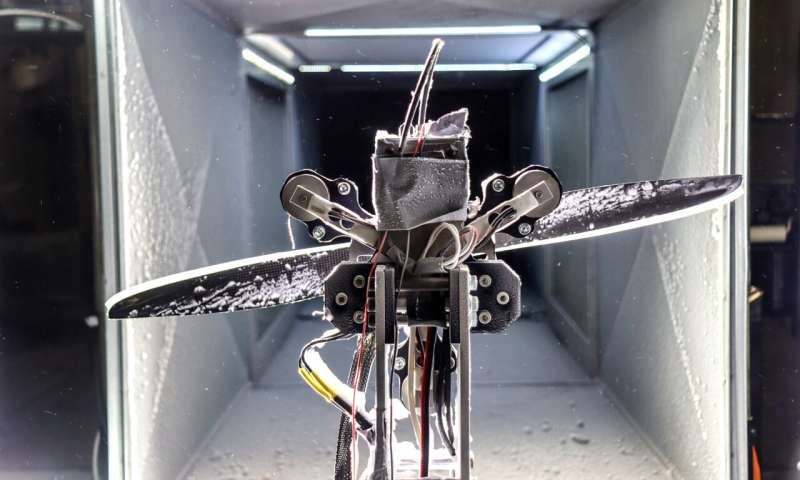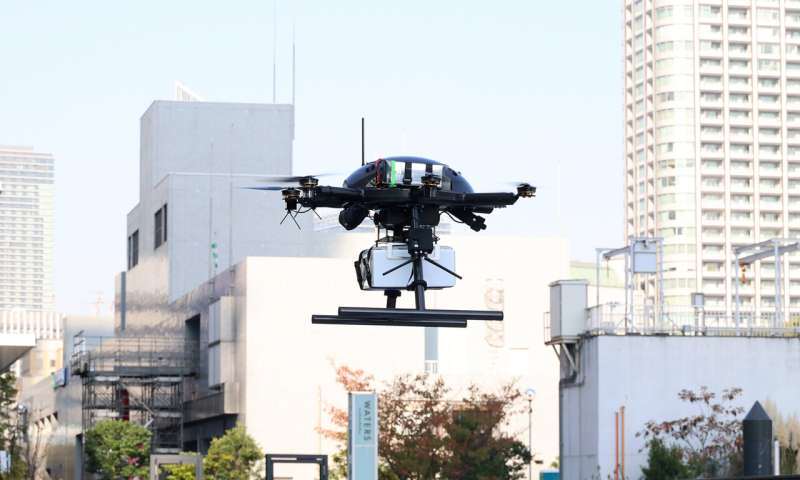Several findings that could enable drones to de-ice their wings automatically

The NTNU researchers behind the drone company Aviant will soon be flying blood samples from remote hospitals in places like Røros to St. Olav's Hospital in Trondheim. Two such routes are already flying in Sweden.
Amazon dreams of delivering packages to your door with drones, while others envision using drones to search for people who have gotten lost in the mountains in the winter. Or how about examining a glacier with a drone?
Ice build-up on aircraft wings is one challenge that has to be solved before drones can realistically take on any of these tasks.
An airplane with significant ice build-up on its wings or propellers will sooner or later crash.
Icing leads to greater air resistance and drag on the wings, which needs to be offset with increased engine power.
Icing of drones currently poses a serious hazard that significantly limits the use of unmanned aerial vehicles (UAVs or drones).
UAVs have no pilot on board to activate the de-icing system, so de-icing has to happen automatically.
Several researchers at NTNU are working to figure out exactly how this can happen. One of them is researcher Richard Hann. His field is engineering cybernetics, and he is also co-owner of the NTNU spin-off UBIQ Aerospace.
The faster an aircraft flies, the greater the air resistance and drag on the aircraft. The resulting friction creates heat, which affects the ice build-up process.
"For aircraft flying at high speeds, this heat can prevent ice from forming at temperatures near freezing. But drones, since they're usually much slower than manned aircraft, can face severe icing conditions near the freezing point," says Hann.
The researchers have now made several discoveries about how drones can remove ice automatically. One solution is to heat the exposed surfaces of the aircraft electrically with embedded carbon fiber materials."The experiments showed that de-icing using a heated surface provides the most energy-efficient ice protection," says Hann.

The electricity creates heat that causes the ice to lose its grip.
Now Hann and Tor Arne Johansen, a professor at NTNU's UAV Icing Lab, have received many million Norwegian kroner from the Research Council of Norway to get to the bottom of several aspects of icing and unmanned aircraft.


















